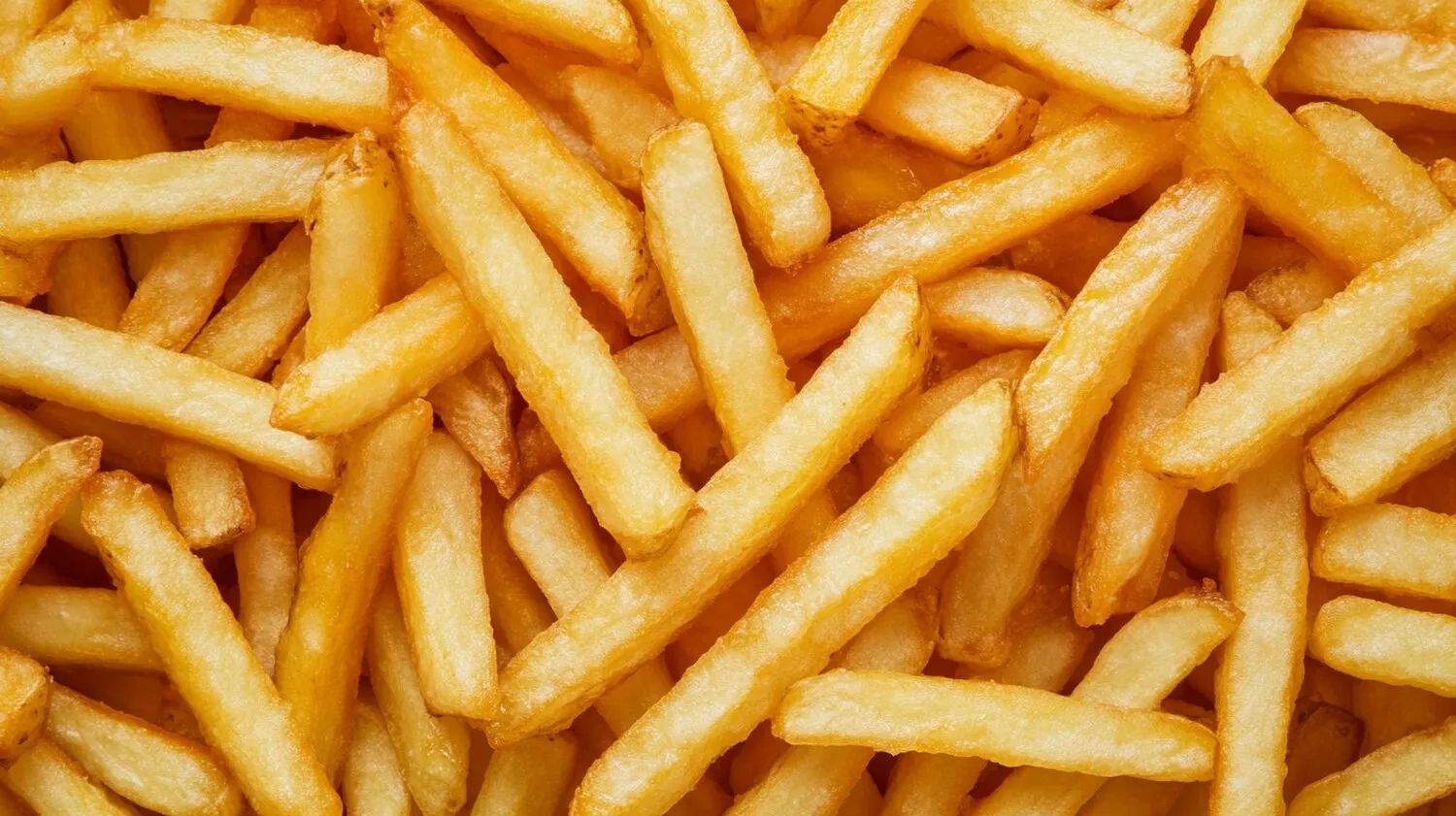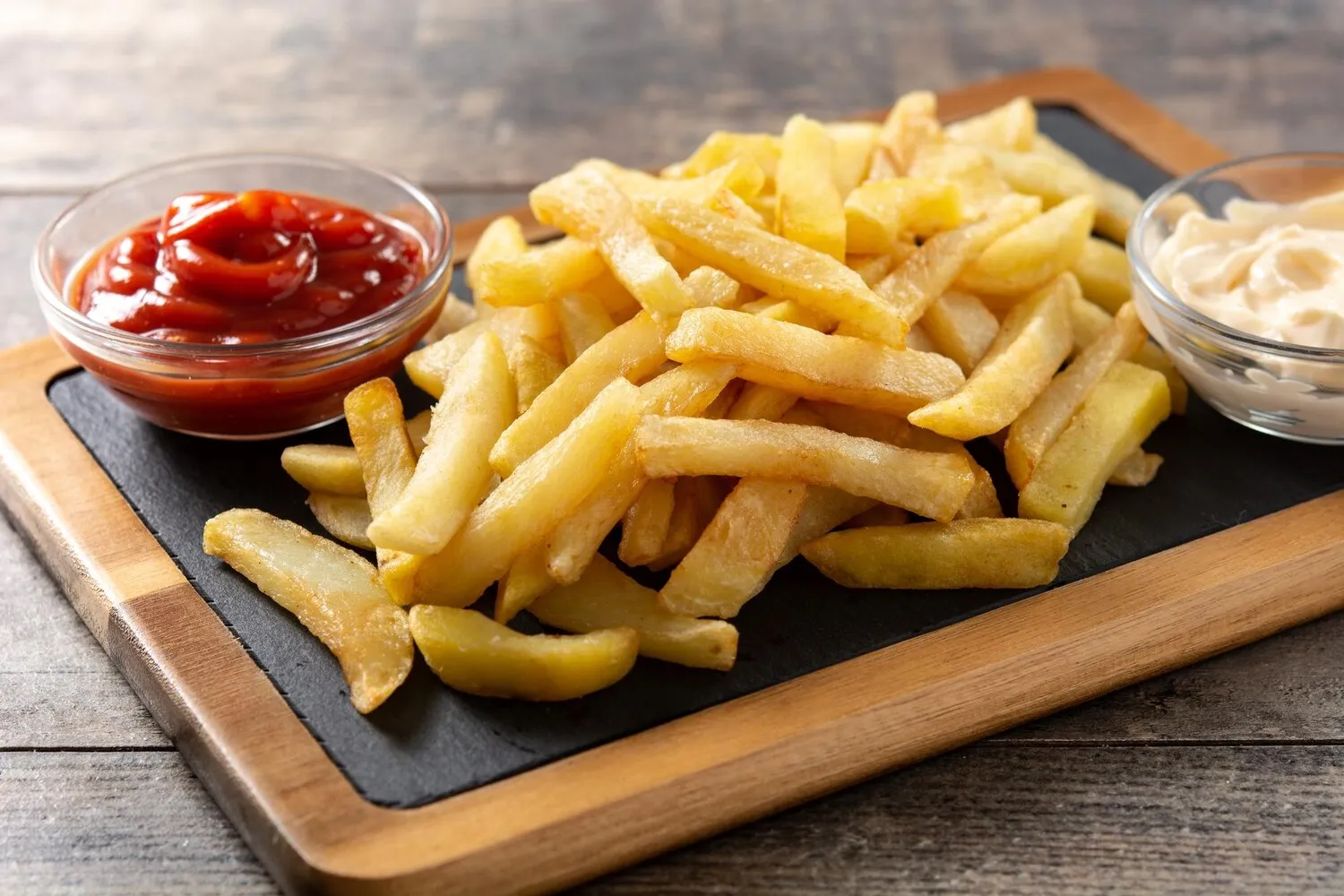
Maduros
Sweet plantains, fried until caramelized and soft.
Nutrition Facts
* The % Daily Value (DV) tells you how much a nutrient in a serving of food contributes to a daily diet. 2,000 calories a day is used for general nutrition advice.
Plantains, originally from Southeast Asia, were introduced to the Caribbean and Latin America by way of Africa during the transatlantic slave trade. They quickly became a staple due to their adaptability and nutritional value, offering a readily available and affordable source of carbohydrates. Frying plantains is a simple cooking method that highlights their natural sweetness when ripe.
Maduros are a common and beloved side dish throughout the Caribbean and Latin America, representing comfort food and culinary heritage.
Family Gatherings
Often served at family meals and celebrations, maduros are a comforting and familiar presence on the table.
Everyday Food
A staple in many households, providing an affordable and nutritious addition to daily meals.
Regional Variations
While the basic recipe remains consistent, regional variations exist in terms of oil used for frying and preferred level of ripeness.
Sweet and caramelized, with a soft, almost creamy texture.
The dominant flavor is sweetness, derived from the natural sugars that develop in ripe plantains. The frying process intensifies this sweetness, creating a caramelized exterior that adds depth and richness. The inside remains soft and tender, providing a pleasant textural contrast. Subtle notes of the plantain's inherent starchiness remain, balanced by the overall sweetness.
Ripeness is Key
Use very ripe plantains with black spots all over the peel. These are the sweetest and will caramelize best. Green or slightly yellow plantains will result in tostones (savory fried plantains) instead.
Oil Temperature
Maintain a medium heat. Too high, and the maduros will burn on the outside before the inside is cooked through. Too low, and they'll absorb too much oil and become soggy.
Don't Overcrowd the Pan
Fry the plantains in batches to avoid lowering the oil temperature and causing them to steam instead of fry. This ensures even browning and caramelization.
Patience is a Virtue
Allow each side to caramelize properly before flipping. This may take several minutes per side. A rich, golden-brown color is what you're aiming for.
Explore additional Side Dish dishes and restaurants
Explore Side DishDiscover top dining spots and culinary experiences in San Mateo.
Explore San MateoLearn more about the food culture, restaurant scene, and culinary heritage of United States.
Explore United States
